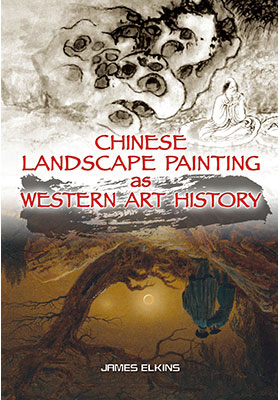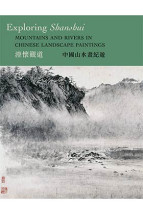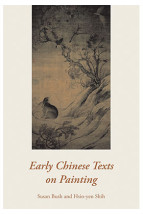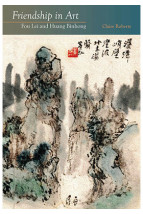Chinese Landscape Painting as Western Art History
(西方藝術史下的中國山水畫)
ISBN : 978-962-209-000-2
June 2010
208 pages, 7″ x 10″, 29 b&w illus.
Not for sale in Thailand, Malaysia, Singapore, Brunei, Indonesia, or the Philippines
- HK$295.00
Ebooks
This is a provocative essay of reflections on traditional mainstream scholarship on Chinese art as done by towering figures in the field such as James Cahill and Wen Fong. James Elkins offers an engaging and accessible survey of his personal journey encountering and interpreting Chinese art through Western scholars’ writings. He argues that the search for optimal comparisons is itself a modern, Western interest, and that art history as a discipline is inherently Western in several identifiable senses. Although he concentrates on art history in this book, and on Chinese painting in particular, these issues bear implications for Sinology in general, and for wider questions about humanistic inquiry and historical writing.
Jennifer Purtle’s foreword provides a useful counterpoint from the perspective of a Chinese art specialist, anticipating and responding to other specialists’ likely reactions to Elkins’s hypotheses.
“In this energetic and lucid book, James Elkins makes a forceful and compelling claim that is sure to be controversial and certain to be widely debated. But Elkins’s penetrating dissection of studies of Chinese landscape painting—of their paradox and amnesia—also enables an essential critique of art history’s Westernness. Elkins’s seemingly counterintuitive approach allows these questions to be formulated with extraordinary clarity, even if one disagrees with his answers. In addition to throwing unexpected fresh light on studies of Chinese art and on the art itself, his essential book will disturb and destabilize business as usual in art history.” —Whitney Davis, University of California at Berkeley
“This is a brilliant work whose implications go far beyond Chinese landscape painting, far beyond China and land right in the classroom and studies of those who practice the history of art in places beyond North America and Western Europe.” —Frederick M. Asher, University of Minnesota







